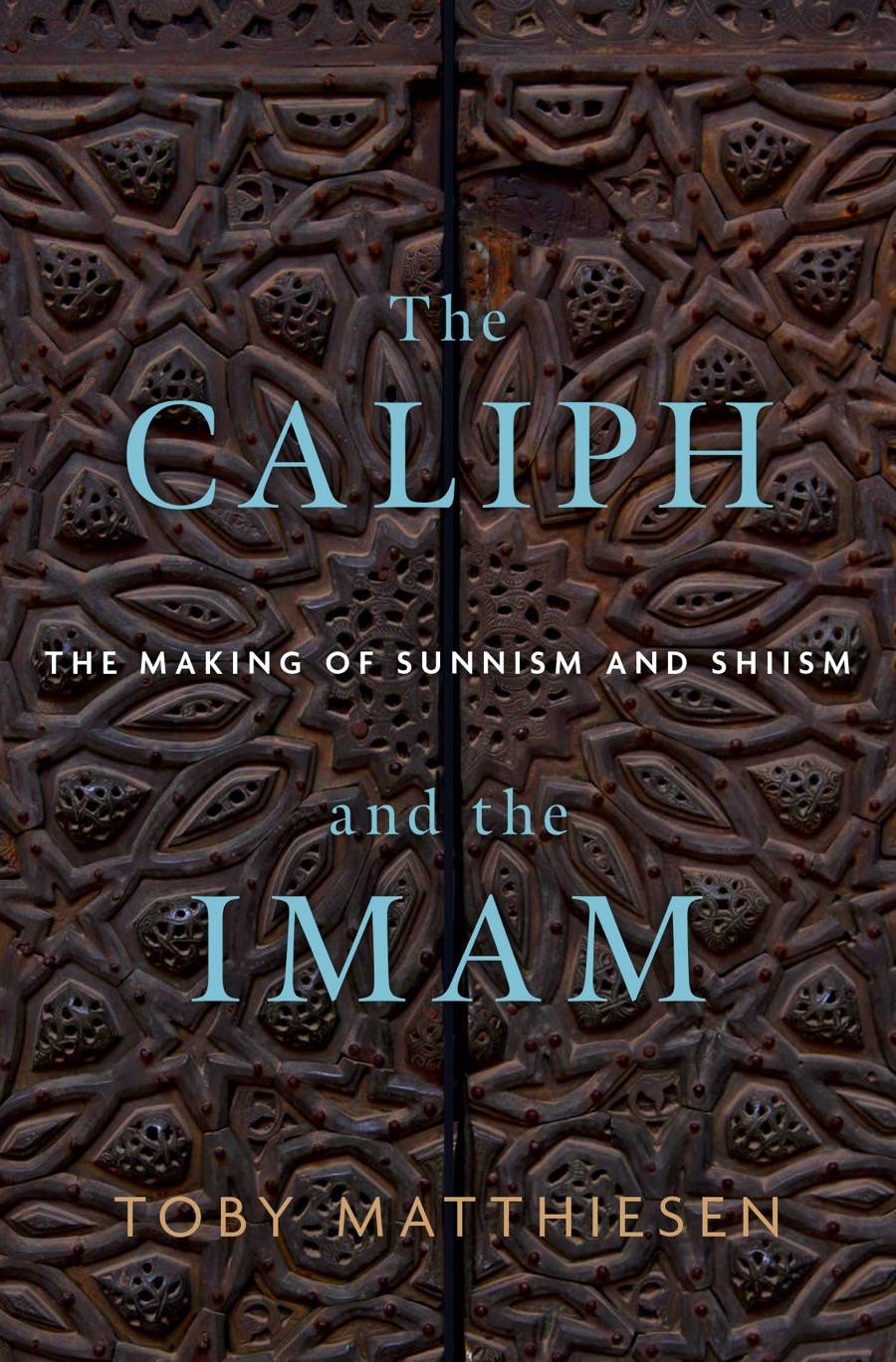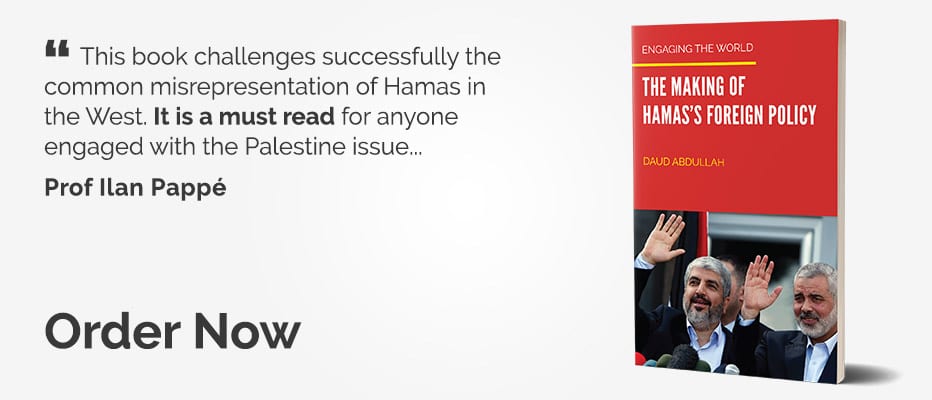The Caliph and the Imam: The Making of Sunnism and Shiism by Toby Matthiesen is an extraordinary and comprehensive study that traverses centuries and continents, delving into the intricate evolution of the two major sects of Islam. This scholarly work meticulously examines the historical development and transformation of the Sunni and Shia schools of thought, providing invaluable insights into their origins and influences across diverse time periods and geographical locations.
While the subject of sectarianism in Islam is not novel, Matthiesen's contribution to the field distinguishes itself through its considerable scope and extensive coverage. Unlike other works that dwell on the worn-out – though mandatory – narratives of the ancient schism over succession, the author tactfully limits this explanation to the early pages, instead diving into the intricate nuances that shaped the separate trajectories of Sunnism and Shiism. However, he notes that the formative period is nonetheless crucial, not just for tracing the roots of the theopolitical split, but because subsequent Muslim empires, states and movements "sought to legitimise themselves by referring to it."
What truly sets The Caliph and the Imam apart from others on the topic is the author's departure from the conventional exclusive focus on the Middle Eastern heartlands of Sunni-Shia sectarianism, "For it is across this temporal and geographical reach that Sunnism and Shiism constituted each other." Matthiesen expands his analysis to encompass regions beyond, including the Indian subcontinent in South Asia.
This attention to the subcontinent becomes especially significant considering that India and Pakistan together constitute the largest Sunni population, with an equally significant Shia presence rivalling that of Iran. By venturing beyond the customary boundaries, he sheds light on the dynamics of sectarianism in a region often overlooked in similar studies, providing a fresh and engaging perspective. For instance, we learn that in the case of the Mughals, "Which Sufi order they allied with had consequences for Sunni-Shia relations," and that the dynasty's founder Babur initially sought help from the Shia Safavids of Persia in his early campaigns.
The Arab Conquests: The spread of Islam and the first caliphates
Last week, during a book launch event held at London's Al-Khoei Foundation, Matthiesen shared with MEMO his motivations for writing the book, considering the abundance of existing literature. He explained: "I started working on this book in 2015. I got sort of stuck at some point, partly because I didn't want to do exactly what was already out there… I did feel that there are many people who already have strong opinions about this topic..the more popular accounts of this are really very essentialist, very misleading, and focused on conflict."
With its focus on the political history of the Sunni-Shia split, I drew several parallels with a previous publication, aptly titled Sunnis and Shi'a: A Political History, by the esteemed academic Laurence Louer. However, while that book covers similar themes of the ebbs and flows of Sunni-Shia relations marked by cooperation and conflict, it does so through specific case studies of individual countries, providing a more limited examination.
In contrast, Matthiesen's work offers a broader analysis encompassing historical periods and geopolitical shifts. It delves into major turning points and milestones, such as the age of "Confessional Ambiguity", which gave rise to two rival dynasties — the Ottomans and the Safavids —whose actions had far-reaching consequences for Sunni-Shia relations.
Matthiesen himself acknowledges the significance of Louer's scholarship and told MEMO: "Louer is a great scholar and I appreciate her work."
"Her new book came out while I was writing mine. In general, it's about the same topic. But the two books are actually quite different. [Louer's] is largely a number of case studies, focussing on a number of countries primarily in the modern period," he added.
Opposing the Imam: The Legacy of the Nawasib in Islamic Literature
Then there is the much more recent and relevant Arab Spring and the geopolitical conflicts that followed. One certainly gets the impression that The Caliph and the Imam is a particularly contemporaneous study with events unfolding in close to real-time the closer one gets to the end. As Matthiesen quips: "Even something as non-discriminatory as a respiratory virus had become sectarianised," given how many Shia pilgrims were treated as "super spreaders" of COVID-19 from visiting the shrine cities in the early days of the pandemic.
Bearing in mind the book was published in the same month as the Saudi-Iranian rapprochement, which was a monumental development as far as political and sectarian rivalries go in the Middle East, I'd fully expect there to be an updated edition in the pipeline, taking into account the implications of Syria's readmission into the Arab League and possibly the legitimisation of the Houthi-led government in Yemen and how these will shape the sectarian interplay.
I found the mention of the impact of the press printing on polemics particularly intriguing, as this "led to a more scripturalist Islam, in which sectarian boundaries were more rigidly enforced," this prompted me to contemplate how this phenomenon has been exacerbated with the expansive, and frankly, toxic world of online polemics and the way in which these sectarian identities have solidified to greater extents on social media.
Matthiesen agrees, explaining to MEMO: "The internet has led to massive uploading of sectarian content which is often the one that gets spread more widely. It's also the engagement factor of social media…this has definitely hardened sectarian identities."
He also revealed that: "The importance of structural change in the media is a major sub thread in the book."
Although The Caliph and the Imam briefly touches on sectarianism in the West, specifically Salafi propagation among the Muslim diaspora and converts to Islam, it would have been more insightful if this part of the world was explored in further detail, especially with last year's controversy surrounding the Lady of Heaven film – about the life of the Prophet (peace be upon him)'s daughter – serving as a relevant talking point, further emphasising the book's international scope.
Nonetheless, despite this missed opportunity, the extensive presence of endnotes and a bibliography spanning about half of the book demonstrates its thorough research and authoritative analysis. With a keen focus on a subject intertwined with political and theological aspects that transcend regional boundaries, this contribution effectively showcases the global nature of this issue.




